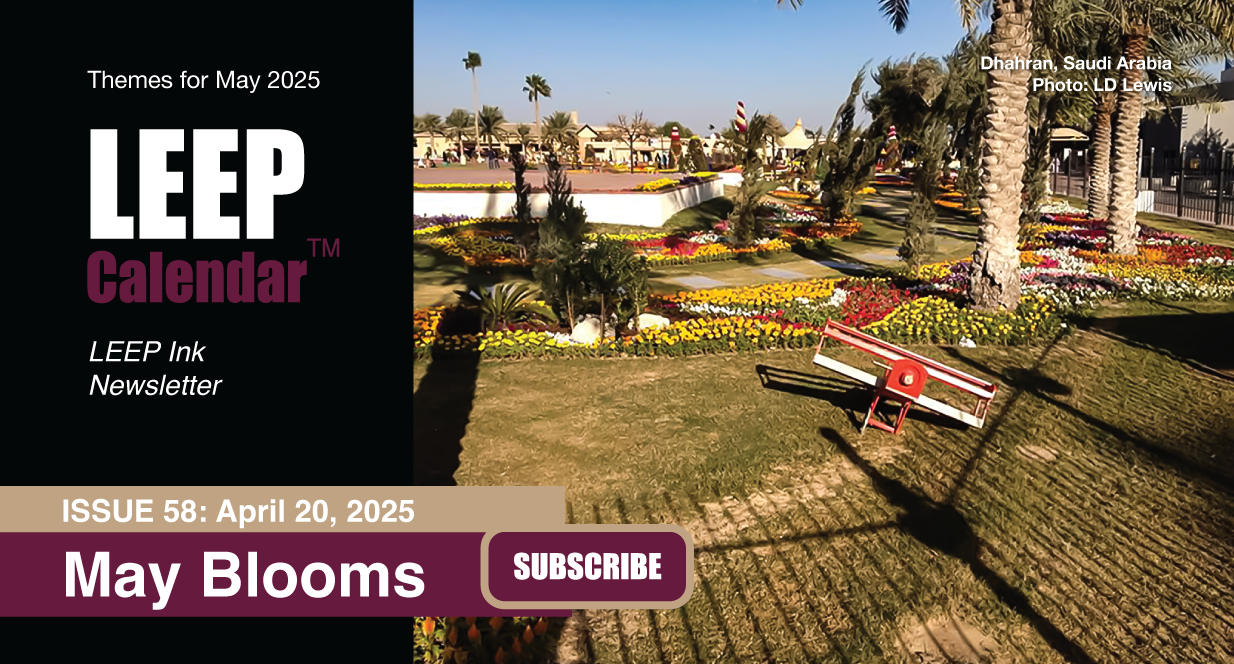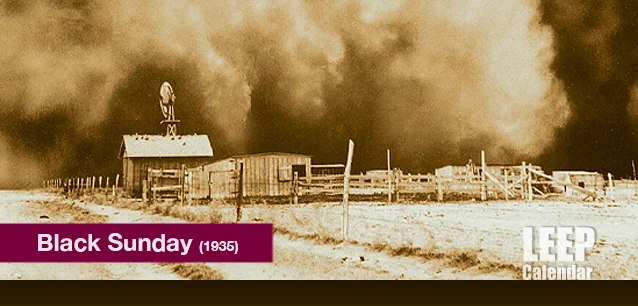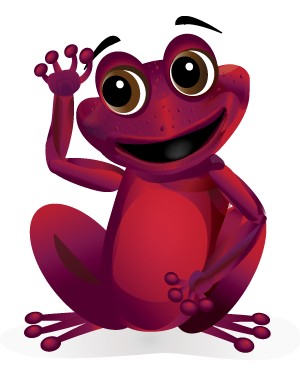 AD
AD
Today is: December 21
Scroll to explore events active on this date.
Additional Events on LEEP
LEEP INK FEATURES

August? Absolutely!
In August, we live through the Dog Days of Summer. It's hot and often humid, and those who can leave for better climates do. Down south, winter is in full force. August is also known as "the ...

In The Heat of July: July 2025 Events
Is it hot enough (or cold enough if you're below the equator) for you yet? There is actually a day for that! Like every month, I pick a diverse collection of events you may or may not know about. This ...

May Blooms: Events in May 2025
Along with October, May is one of the most densely packed months of the year. It's before the summer humidity and the last whole month of the school year. The weather is warming in t...
About the Black Sunday Dust Storm of 1935
Career , Real Estate
United States
Ends: Apr 14, 2024
DESCRIPTION:
Heralded “worst manmade ecological disaster in American history,” the Dust Bowl plunged America’s heartland into the dark ages with violent winds, dust storms, and drought. At the beginning of the 20th century, farmers dug up the natural grasslands and prairies, replacing the sawgrass and natural vegetation with wheat, corn, and barley. After years of drought, the topsoil disappeared and the Great Plains evolved into a veritable desert.
April 14, 1935, was a Sunday in Oklahoma, and it started relatively normal with light breezes and moderate temperatures. By early afternoon, the Texas and Oklahoma panhandle would completely change. Temperatures dropped quickly, and to the southwest, a massive black wall appeared on the horizon. As it drew closer, it became clear what it was. Thousands of feet high and over 1000 miles in width, the wall of sand swept over the land like a freight train, plowing through everything in its path. People caught in it found the dust so thick they could not see their hands before their faces.
Winds reached upwards of 60 mph. The air was thick with dirt; the sun blocked out. It was impossible to tell if it was night or day. The dust weighed heavy, crushing the lungs of cattle and clogging up water wells. The wind and sand blinded hundreds of people caught in the storm. All of this occurred in the 20 minutes it took for the dust gust to pass.
When it was all said and done, 2209 people died, 396 of whom were children, and another two million people were displaced. Entire towns disappeared from the map, and the dust storm became known as Black Sunday.
VIDEOS
Currently, this event does not have supporting videos.
SUPPORTING DOCUMENTS
Currently, this event does not have supporting documents.
ADDITIONAL IMAGES
Currently, this event does not have supporting images.
Where would you like to go now?
 AD
AD


/footer-logo.svg)
